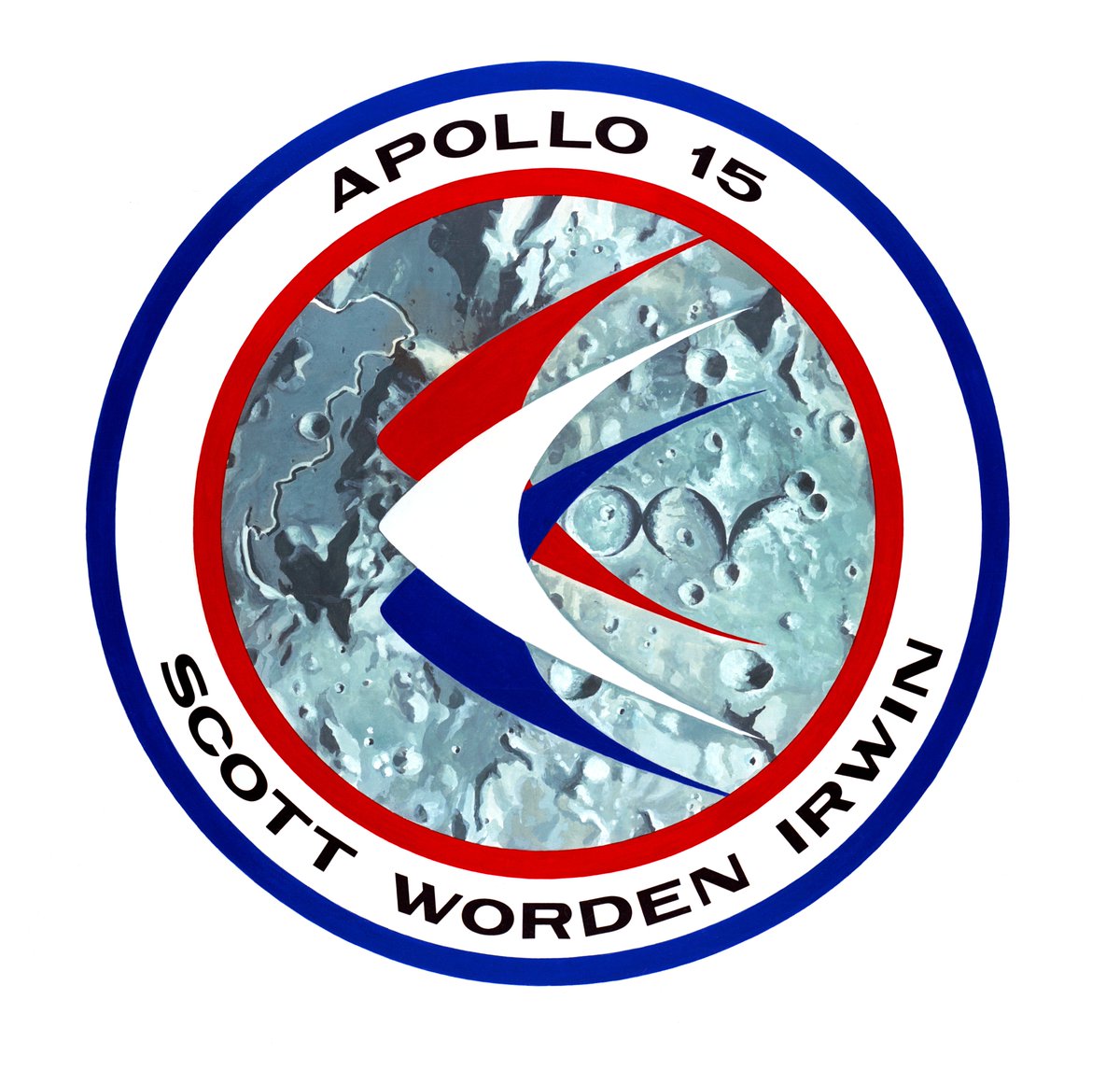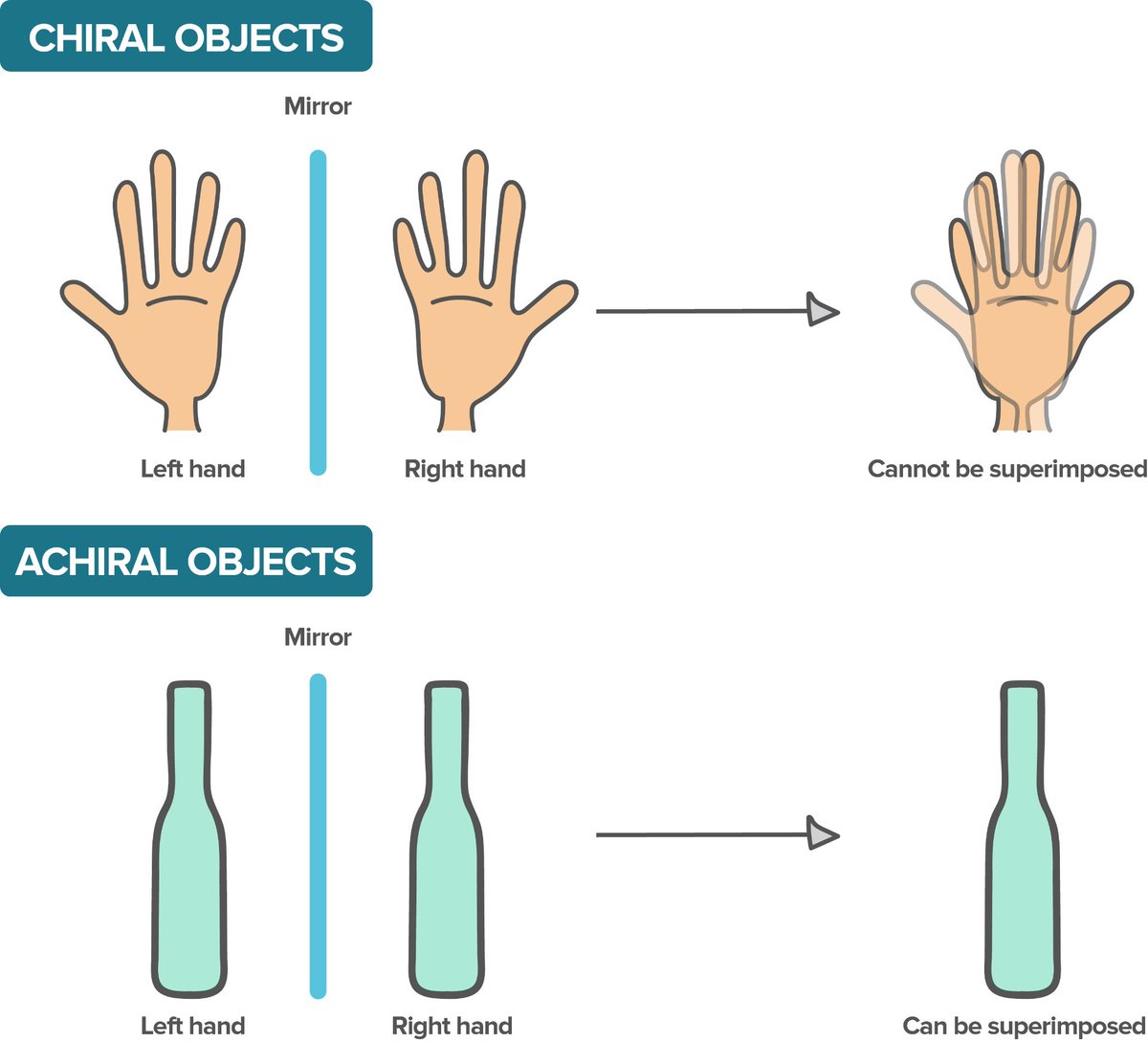Earlier I discussed some of the highlights of the #MarsExpress mission as a whole. Now, I want to share something I promised earlier this week: some of my favourite images taken by VMC @esamarswebcam! 📷🔴🛰️ Heres a 'double vortex' in 2012 near the north polar cap (📷: ESA) 
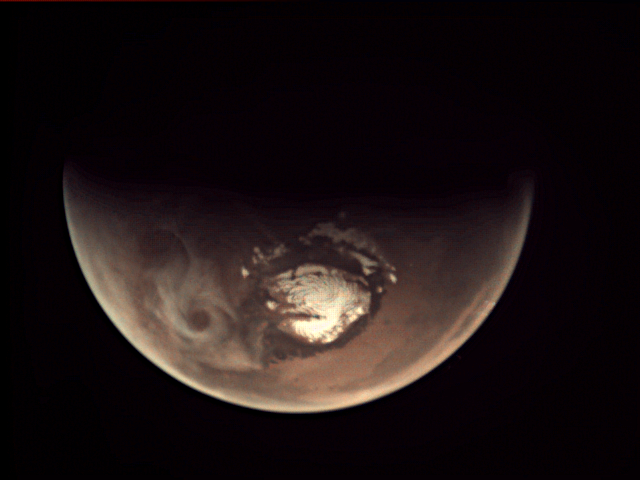
(I talked earlier in the week about what VMC is:
https://twitter.com/People_Of_Space/status/1262373593062637568?s=20). In this thread I'll use a combination of VMC images available on Flickr & VMC images processed by our internal pipeline (but only where they are already in the public domain). Now: pictures of Mars! 🔴📷
Time for a close up! This is a photograph of Valles Marineris, taken by VMC in 2008 🔴📷. Processed using our internal ESAC pipeline. (📷: ESA). 
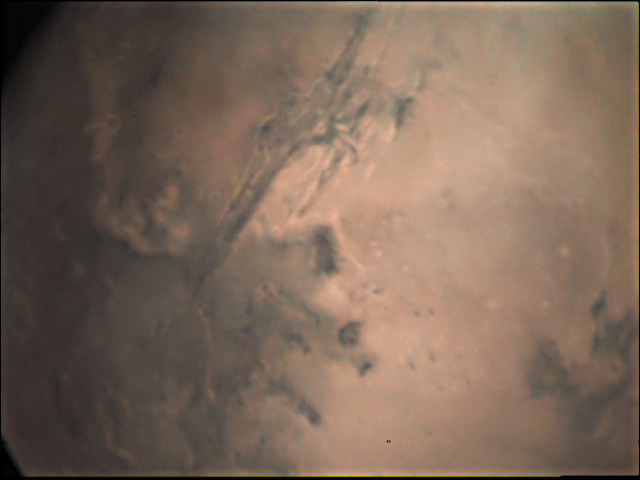
VMC managed to catch the caldera of Olympus Mons in October 2019! 🌋😀 Processed using our internal ESAC pipeline. (📷: ESA). 
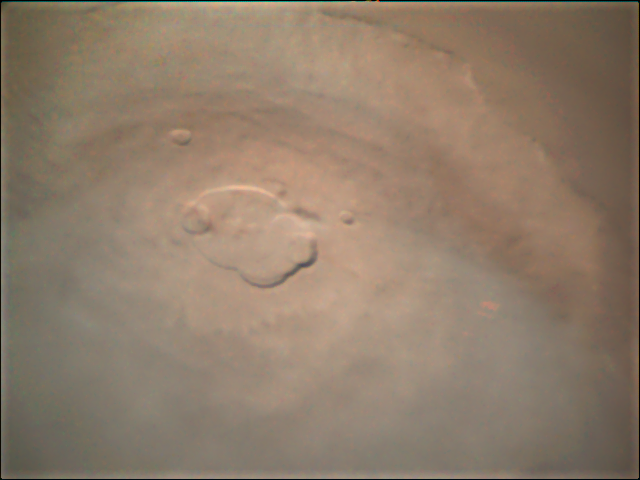
Speaking of Olympus Mons, I love this image of a cloud over the volcano! 🌋 (actually, I already shared it when discussing how we plan observations: 
https://twitter.com/People_Of_Space/status/1262496339071549441?s=20😀). Processed using our internal ESAC pipeline. (📷: ESA).
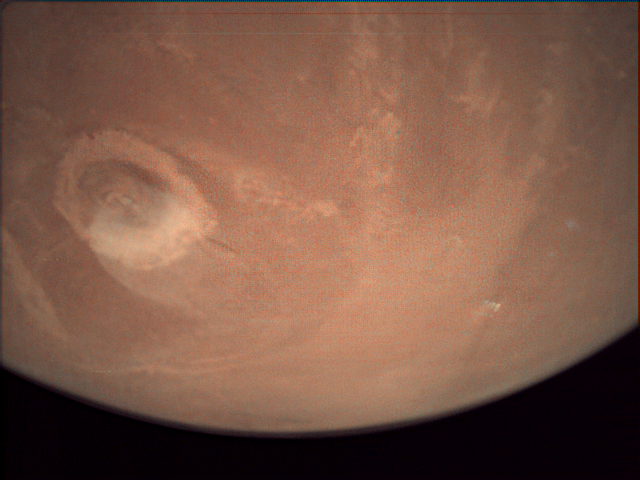
This is an image of the northern polar cap of Mars, taken in January of this year. I love seeing these images of the beautiful patterns visible! ❄️🏔️🔴 Processed using our internal ESAC pipeline. (📷: ESA). 
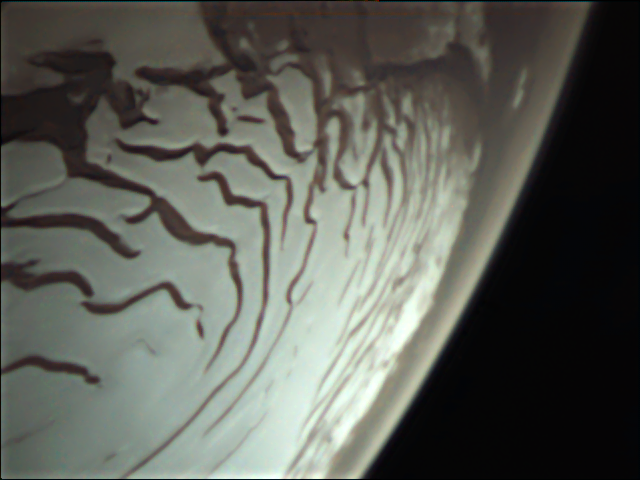
The wonderful thing about VMC @esamarswebcam is how accessible the images are & have been for many years. @landru79 has produced some fantastic videos of VMC observations, including these videos of flybys over the North polar cap ❄️📽️
https://twitter.com/landru79/status/1219643223943065600?s=20
This is a great image from November 2019 to illustrate the fact that we can see 'twilight clouds' with VMC @esamarswebcam (the subject of our next study as a VMC team led by @jorgeherber!) ☁️📷🔴🛰️ 
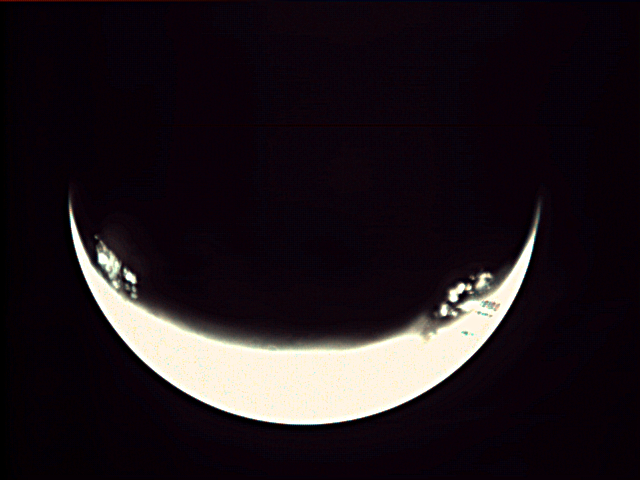
I love this image from 2017 showing a dust storm over the northern polar cap! ❄️🌪️🔴 Processed using our internal ESAC pipeline. (📷: ESA). 
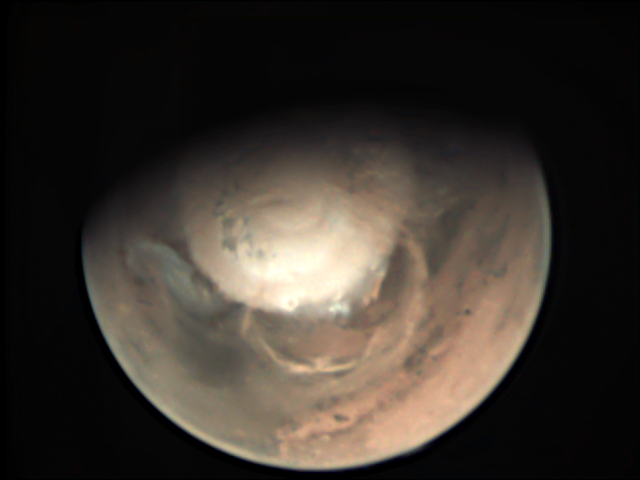
And finally, an extremely elongated cloud over Arsia Mons! ☁️ @jorgeherber discussed this more in this EGU presentation: meetingorganizer.copernicus.org/EGU2020/EGU202…. So tldr; #MarsExpress VMC @esamarswebcam has taken lots of amazing images of Mars, & I've shared some of my favourites here 😀📷🔴 

• • •
Missing some Tweet in this thread? You can try to
force a refresh



